When Disaster Strikes: Preparation, Response and Recovery for Businesses
Disasters can impact businesses of all sizes and types, leading to temporary closures or permanent shutdowns due to floods, fires, or hurricanes. According to the Federal Emergency Management Agency (FEMA), 40 percent of businesses fail to reopen after a disaster and an additional 25 percent close within one year. These statistics highlight the vulnerability of companies to unforeseen events and emphasize the importance of disaster preparedness and resilience strategies.
Taking proactive measures can help minimize the impact of a disaster on your business, while having sufficient insurance coverage can expedite the recovery process.
Disaster Preparation
Households—especially in areas prone to hurricanes, tornadoes, and earthquakes—often prepare for disasters by storing extra supplies, having an evacuation plan, and learning about emergency resources. Businesses should similarly prepare, focusing on restoring their operations as soon as possible and minimizing losses.
To prepare adequately for a disaster, take the following steps:
- Develop a formal written plan—Sometimes called a “Disaster Recovery Plan” or “Business Continuity Plan,” this document should detail how your business will respond to and recover from a disaster, including temporarily relocating your business. The National Fire Protection Association (NFPA) has developed a National Preparedness Standard for developing a plan. Some companies also develop specific plans to protect and recover their information technology (IT) infrastructure. In today’s era of cloud computing, it is increasingly easier to back up data offsite.
- Train employees—Share your Disaster Recovery Plan with employees, assign responsibilities, and offer training so that your workforce can help your business recover. You may also want to conduct drills to assess and improve response.
- Store emergency supplies—Keep flashlights, a first-aid kit, and a battery-powered radio at your business. Depending on its location, you may even want to store food, water, and blankets. Consider stocking equipment that can help your business return to operations, such as a generator, as feasible and needed.
- Maintain critical information offsite—To get your business up and operating again after a disaster, you’ll need to be able to access essential business information. In addition to backing up computer data, keep an offsite list of your insurance policies, banking information, and the phone numbers of employees, key customers, vendors and suppliers, your insurance professional, and others. You’ll also want to maintain an inventory of your business equipment, supplies, and merchandise; you may also want to photograph items.
Disaster Response and Recovery
After a disaster, you’ll want to implement your Disaster Recovery Plan. Read the Insurance Information Institute’s Settling Insurance Claims after a Disaster, which details several steps to control damage and recover costs.
In the immediate aftermath of a disaster, take the following actions as appropriate:
- Secure your building, boarding up entry points if necessary.
- Make temporary repairs to minimize further damage, such as placing a tarp over a hole in your roof.
- Relocate salvageable equipment and property to a safe, protected location.
- Inspect your property and keep a detailed list of damages; take photos to document damage.
- Clean up your property, wearing safety gear such as gloves and protective eyewear. If feasible, save damaged property for your insurance adjuster to inspect.
- Contact your insurance professional and your insurer to begin the claims process.
- Keep receipts of all expenses related to the disaster.
Once you’ve secured your property and taken other immediate steps, you can focus on making your business operational again. You should lay the groundwork for restarting operations in your Disaster Recovery Plan. Issues to consider include:
- Location—Should you open a new temporary location, or can you operate from your home or use the facilities of a partner or even a friendly competitor?
- Communications—How will you communicate with your employees, customers, vendors, and suppliers?
- Insurance claims—In addition to filing a property claim, you’ll want to file a business interruption insurance claim if you carry this type of coverage. This insurance will help you cover the costs of relocating and lost income.
Source: Insurance Information Institute
Read Other Blog Posts

Business Insurance in Worcester, MA: What You Need To Know

Massachusetts Enacts Pay Transparency and Pay Data Reporting Law

Best Practices for Creating a Cybersecurity Culture

The Value of Commercial Umbrella Insurance

6 Factors Driving Commercial Auto Losses

Start the Year Right: 10 Business Insurance Tips

Fostering a Culture of Workplace Safety

Hosting Holiday Parties Responsibly: Tips for Personal & Business Gatherings

Preventing Drowsy Driving
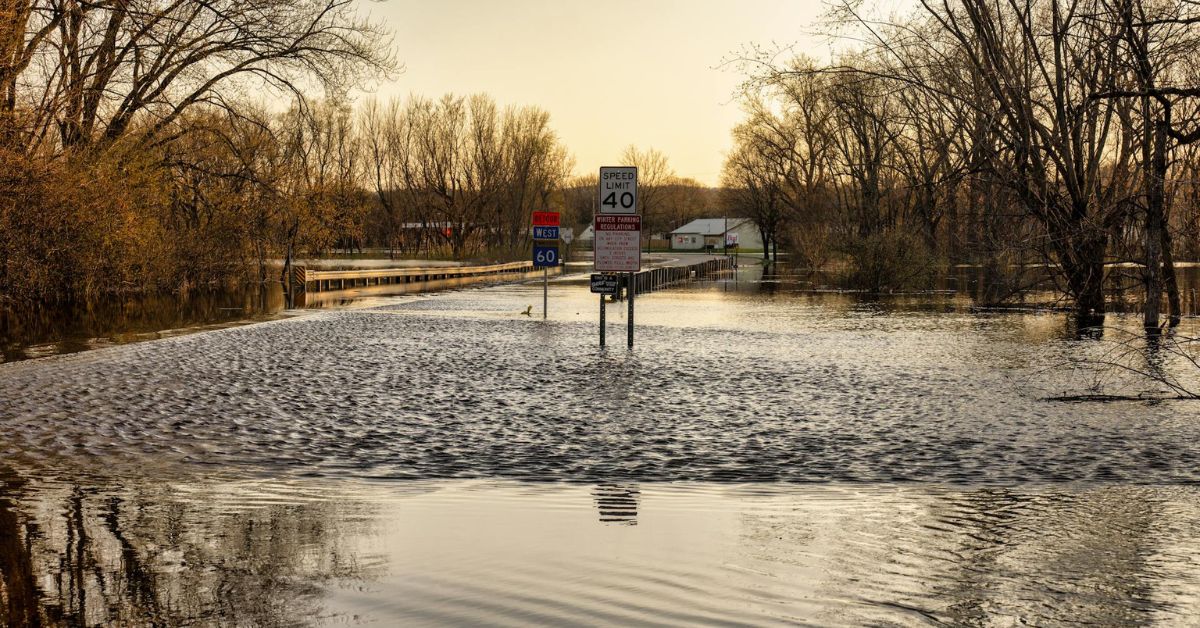
Why Flood Insurance is Essential: Lessons from Hurricanes Helene and Milton

Defensive Driving to Avoid Deer Collisions

MA Dept of Industrial Accidents New Notice Requirements

The Value of Professional Liability Insurance

Compliance Overview: 2025 Open Enrollment Checklist

Recognize Spam and Phishing Emails

How Distracted Driving and Texting Impact Your Auto Insurance Premiums

Cyber Risk Exposure Scorecard: Assess your risk

Exposing Double Brokering: Safeguarding Your Freight Against Deceptive Schemes

The Crucial Role of Disaster Recovery Plans and Insurance Solutions in Protecting Your Business

Compliance Reminders for Businesses

Covering Losses with Business Interruption Insurance
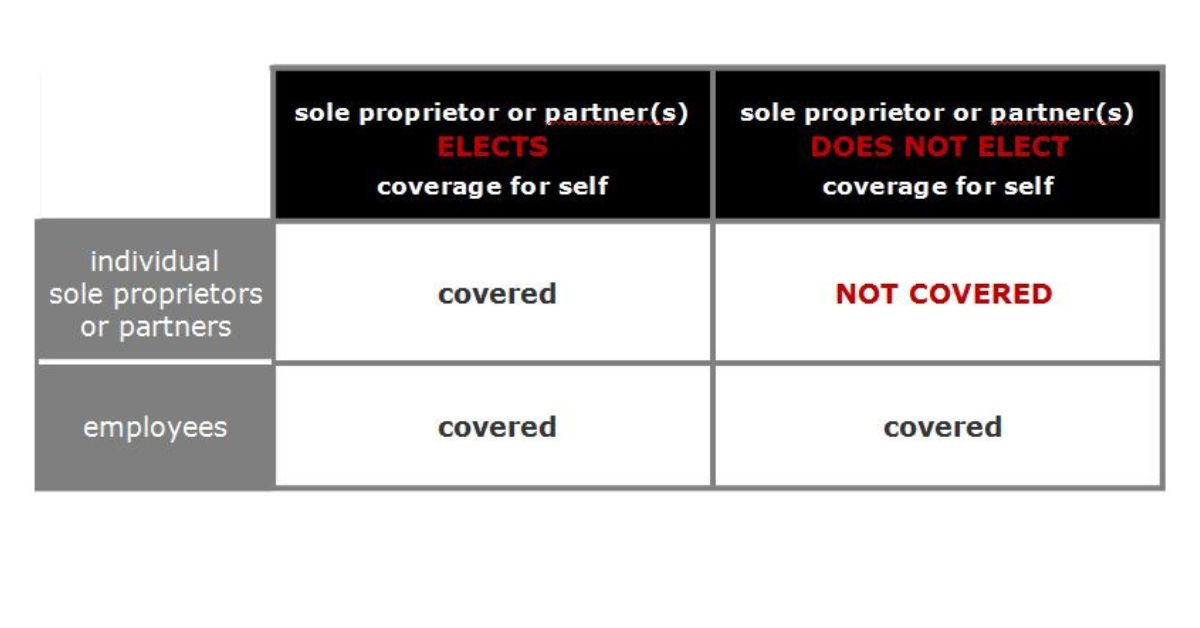
Sole Proprietors and Partners Not Always Covered by Workers’ Comp

Reducing Risks to your Business Vehicles

Is Your Business Prepared to Survive a Disaster?

Insuring Your Home-Based Business

Cyber Risk…Cyber Security

Workers’ Compensation Insurance: 3 Key Factors to Consider

Cyber Liability Risk…Protect Your Business

Massachusetts Snow Removal Laws and Liability

9 Tips For Buying and Saving on Commercial Auto Insurance

Common Questions about Water Damage and Insurance Coverage

Host Liquor Liability Coverage for Business Events
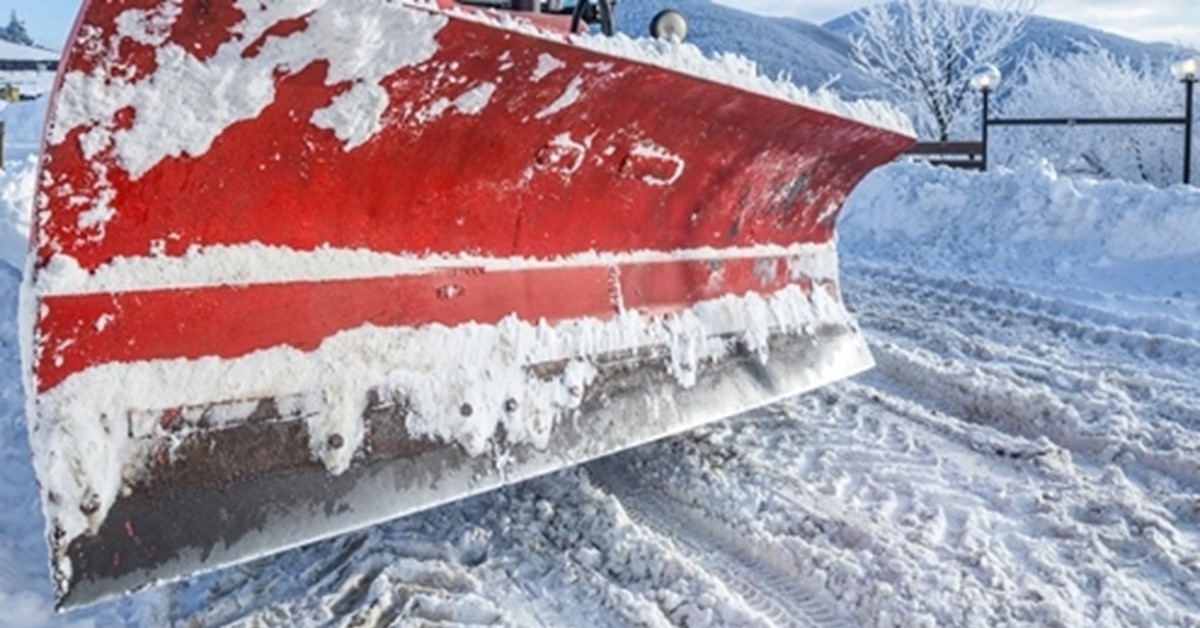
Snow Plowing Liability for Completed Operations

Protecting your Business Property in Winter
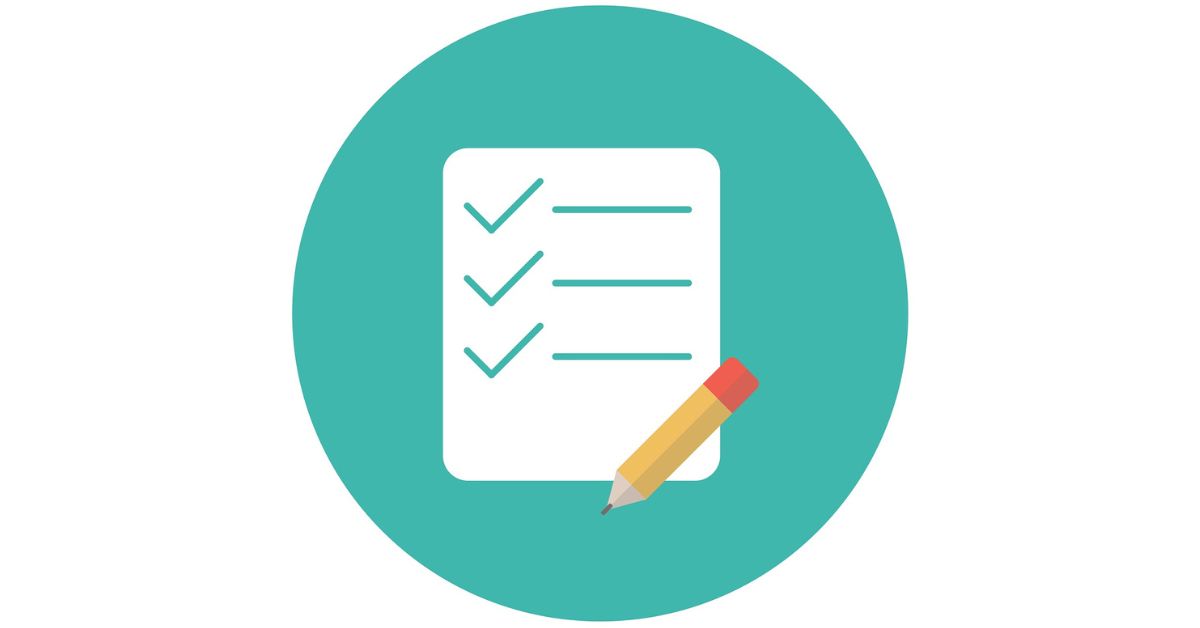
Differentiating Between an Employee and an Independent Contractor
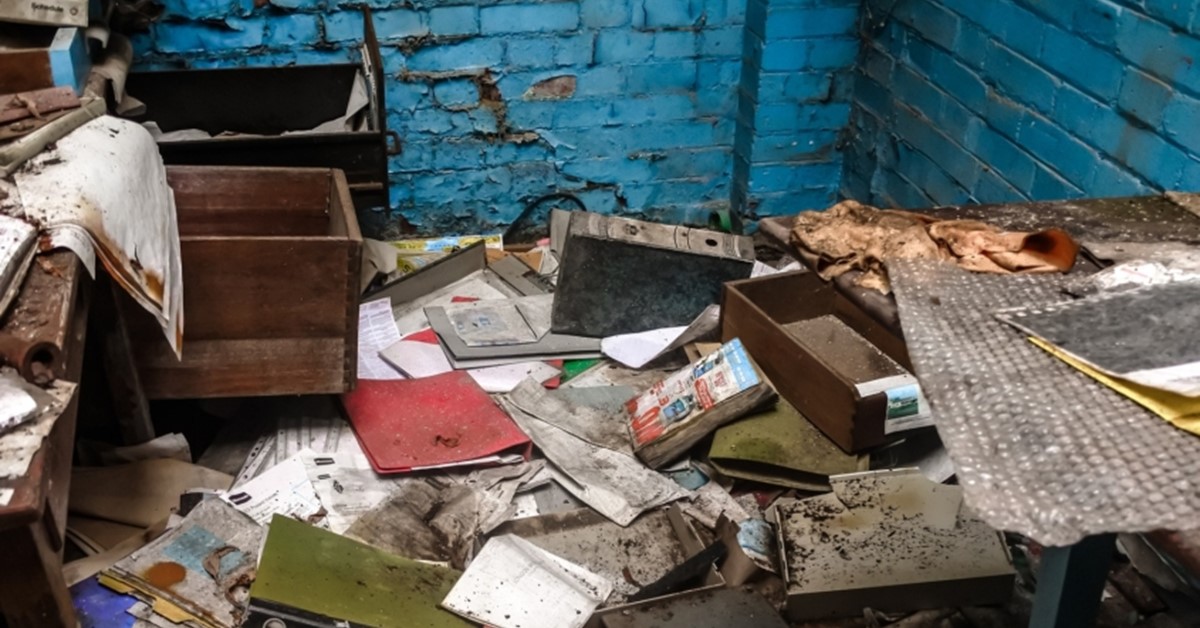
When Disaster Strikes: Preparation, Response and Recovery for Businesses

U.S. Auto Insurer Claim Payouts Soar Due to Increasing Inflation

Steps to Take When Renewing Your Insurance
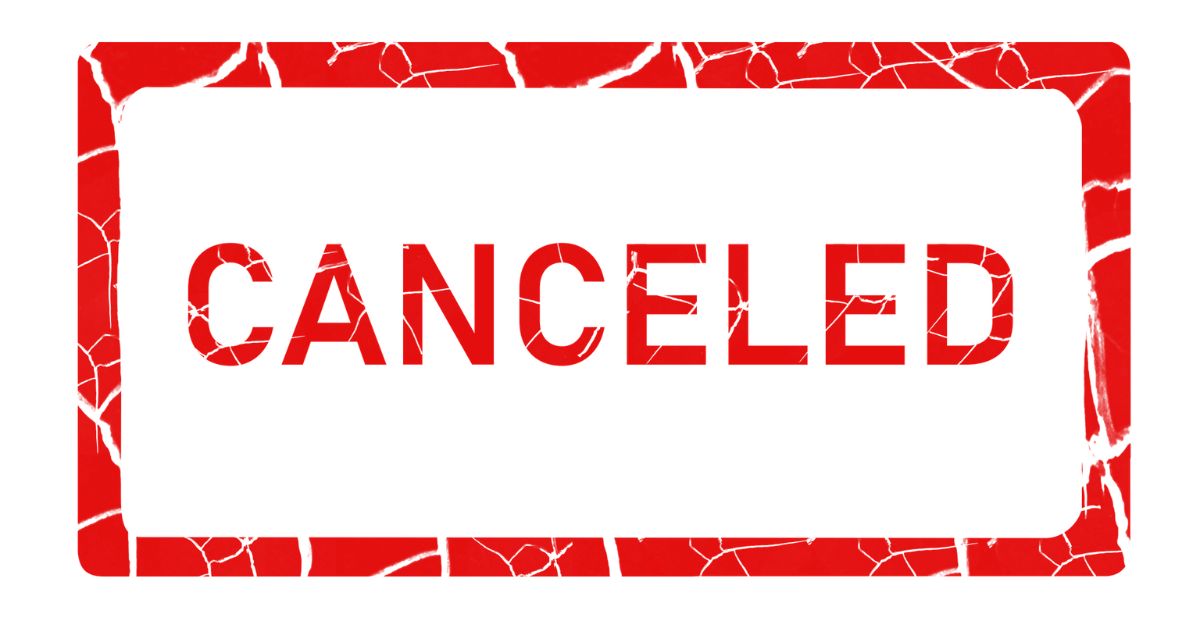
What’s the Difference Between Auto Policy Cancellation and Non-Renewal?

Consequences of Late Insurance Payments

Why Ordinance or Law Coverage Can Be Important for Home and Business Properties

Starting a Business? Know the Risk Factors that Go into Pricing Your Business Coverage

3 Tips for Avoiding Audit Surprises – Business Insurance Audits

Free Resources to Help Small Businesses Survive Severe Weather Events

Understanding Insurance Audits – Business Insurance Audits

How to Prepare for Hurricane Season

Massachusetts Mulch Fires: Safety Laws and Safety Tips

Do I Need Business Interruption Insurance?

Employee Lawsuits and EPLI Protection

Does your Business Comply with MA Independent Contractor Law?

2022 Atlantic Hurricane Season Forecast to be ‘Above-Normal’
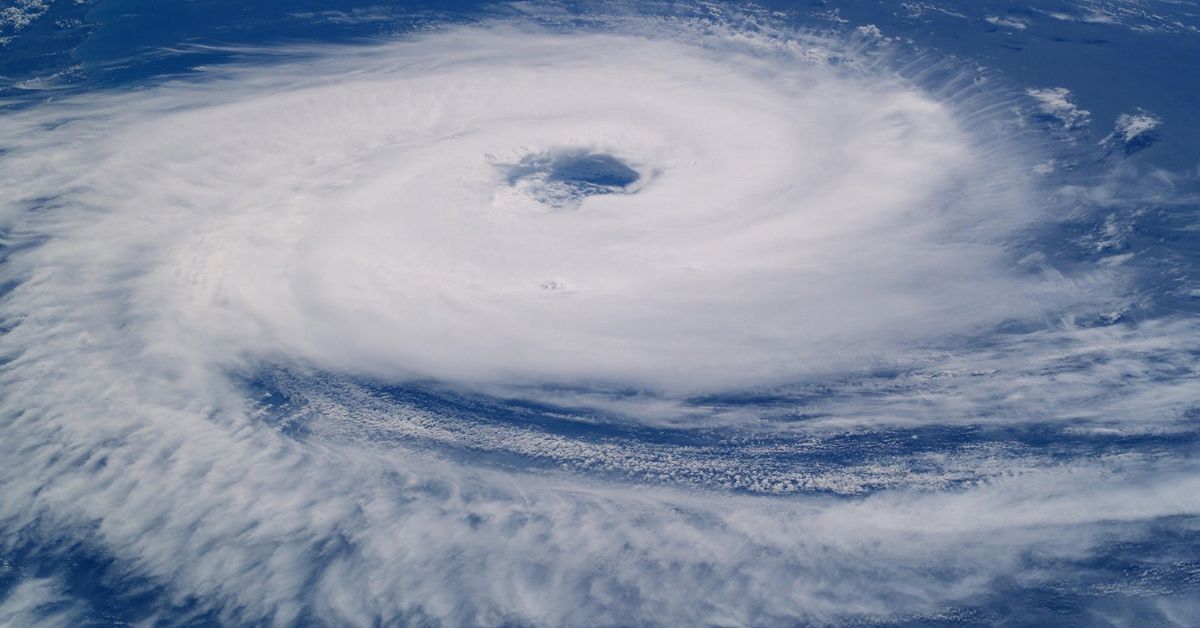
Hurricane Season to Have ‘Above-Average’ Activity

Murphy Insurance Offices Open to Visitors on June 1, 2021

Free Business Continuation Planning: Free 30-minute Online Seminar: April 28, 2021

Toys for Tots 2020 Needs Your Help!

Tips for Workers’ Compensation Policyholders During COVID-19
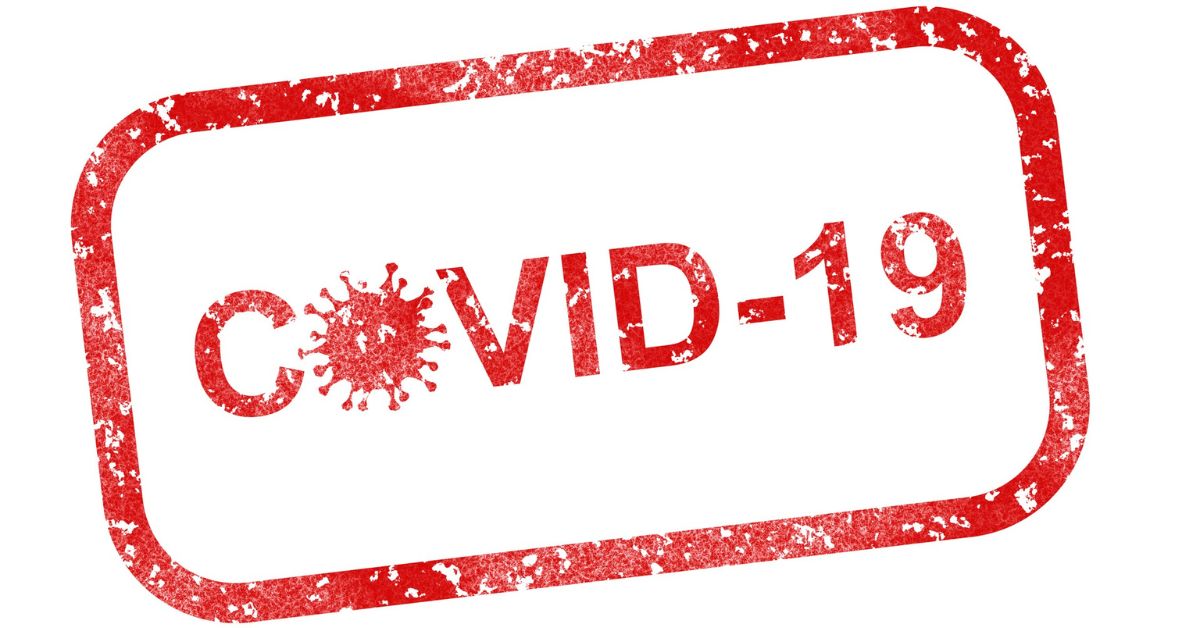
COVID-19 Resources for Businesses

Murphy Insurance RMV Courier Services Resume

Massachusetts Phased Reopening Starting May 18: No Immediate Changes to Agency Services

COVID-19 – Insurance Related FAQs

COVID-19 Update: Agency is Open, but Offices Closed to Visitors

COVID-19 Coronavirus Notice

Toys for Tots Drive 2019 – November 25 – December 10, 2019

Toys for Tots Drive 2019…Please Donate by December 10

Building an Effective Employee Performance Review Process

Contributions to Massachusetts Paid Family and Medical Leave (PFML) Program – Delayed for 3 Months

Understanding Business Owners Policies (BOPs)

Is Your Business Ready for MA Paid Family & Medical Leave Law Effective July 1, 2019?

Top 10 Small Business Property and Liability Insurance Claims

What Do Women Business Owners Want? Credible, Accurate Insurance Advice

Murphy Insurance joins The Institutes RiskBlock Alliance

Top 10 Small Business Insurance Claims
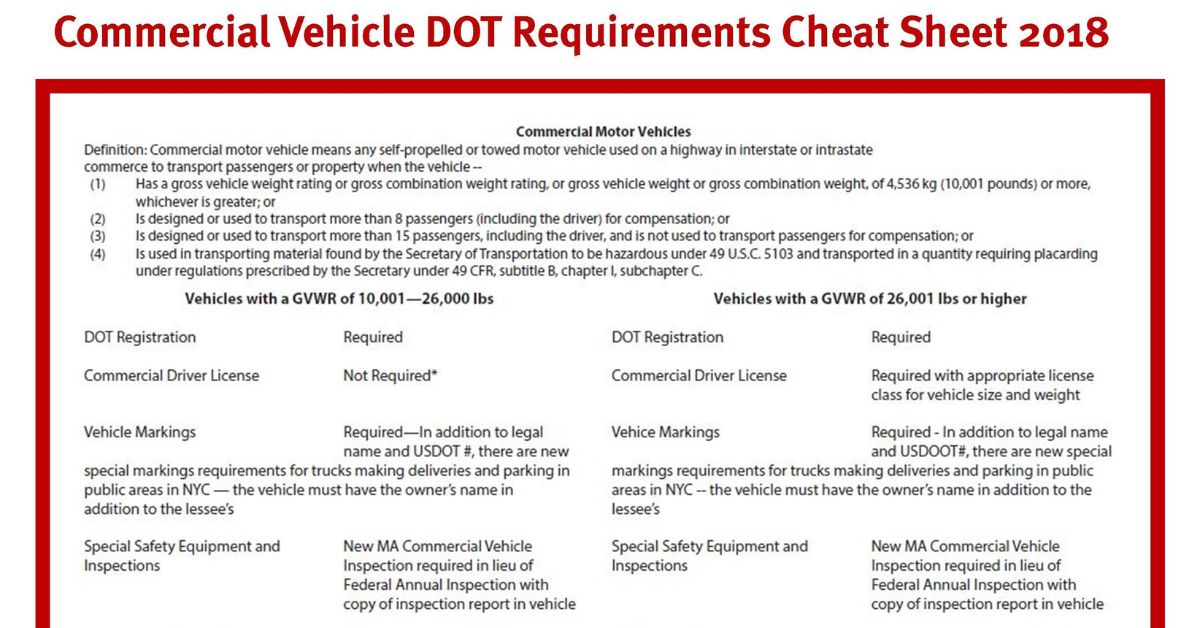
RMV: Changes to the MA State Vehicle Markings Regulation 540 CMR 2:22

E-Signature Via DocuSign Makes Doing Business With Us Even More Convenient
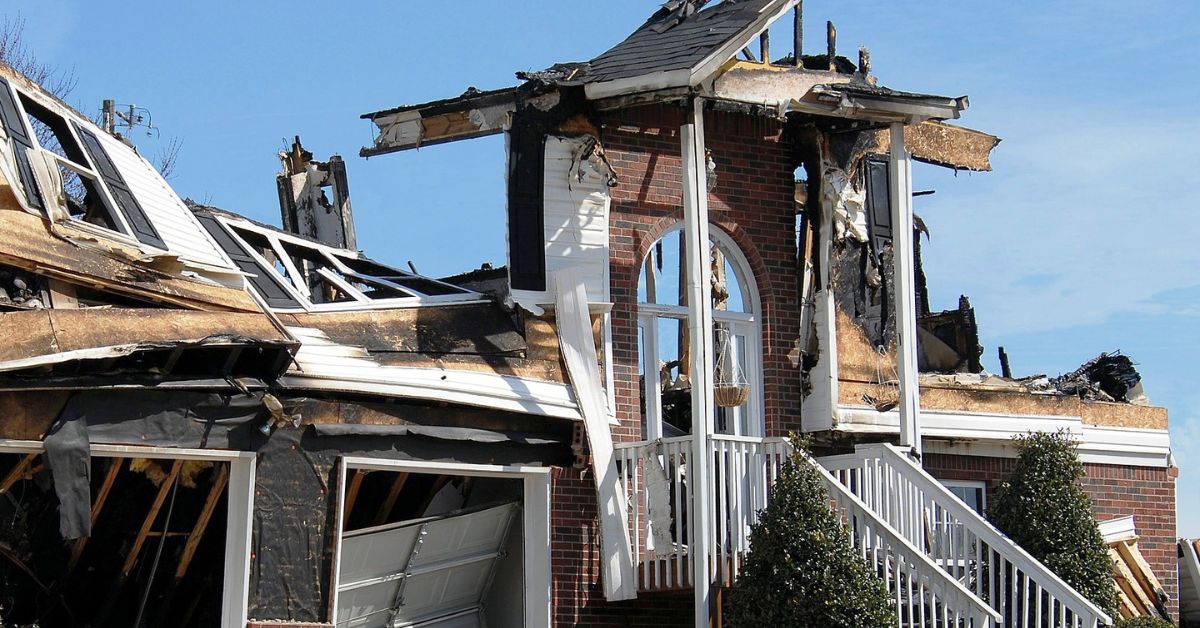
Settling Insurance Claims After a Disaster

Who We Are…Learn a Little More About Murphy Insurance

Meet Our Toys for Tots Champion…Dawn Penzone

We’re Celebrating Our 80th…Stop by December 5th – 7th

Toys for Tots Drive 2017…Please Donate by December 11

80 Years Young…80 Years Strong
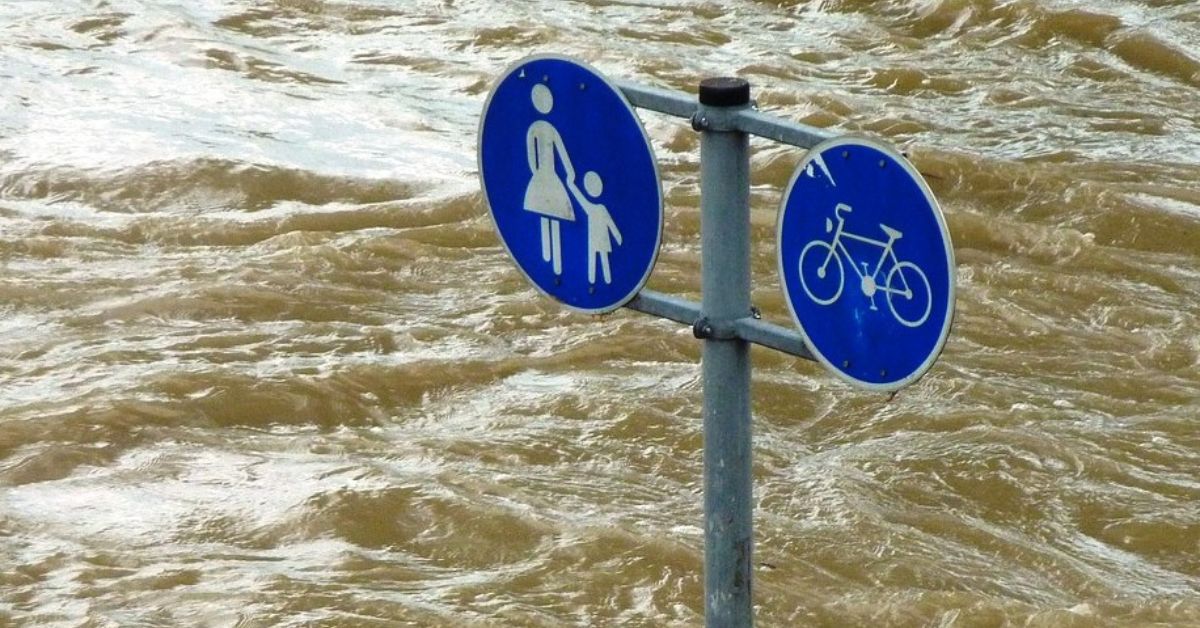
In Case of a Flood

Update – Movie Filming in Downtown Hudson, May 2017

Hollywood Comes To Hudson…May 2017

Cyber Risk: Threat & Opportunity

Summer Storm Resources to Help Mitigate Risks

Pokémon Go App Takes Millions of Players to Exciting New Worlds; Insurance Can Help Make Those Worlds (and This One) Safer

New Commercial Driver’s License and Learner’s Permit Standards Effective July 2016

MA Certificate of Insurance Law Update — Chapter 175L

Protect Your Business Data From Privacy and Cyber Threats

Be Aware of Uber and Airbnb Insurance Gaps

Managing Insurance Costs…Understanding Deductibles, Frequency and Severity

Murphy’s Corner…Delivering Value For You

Get Proper Protection for your Home Business

Are You Covered When You Borrow Someone’s Car?

Exercise Care on Freeways
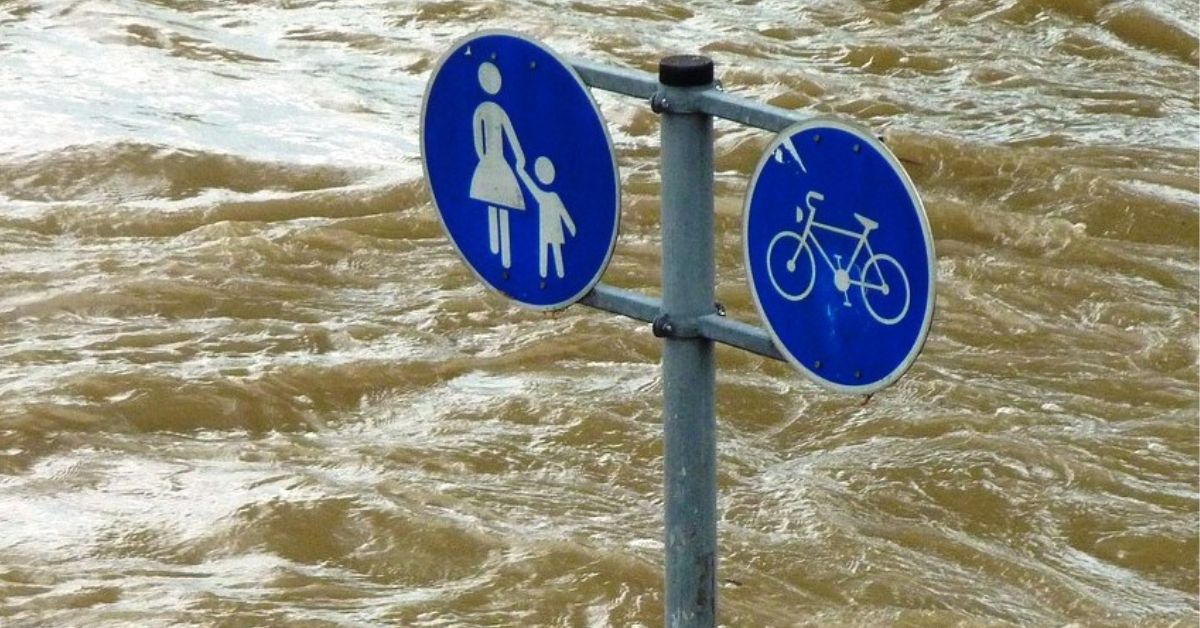
It’s Peak Hurricane Season…Are You Financially Prepared?

MA Workers Comp Payroll Basis for Sole Proprieters & Partners, effective October 1, 2015

MassRMV: FasTrack License Renewal Self-Service Kiosks

Headlight & Windshield Wiper Law No Longer a Surchargeable Offense – July 17, 2015

CT Passes Data Breach Notification Legislation
 https://www.dfmurphy.com/wp-content/uploads/Untitled-design-21-3.jpg
628
1200
Murphy Insurance
https://dfmurphy.wpenginepowered.com/wp-content/uploads/Murphy-Insurance-Logo-Header.jpg
Murphy Insurance2015-06-16 09:00:562025-05-08 17:43:03Earned Sick Time Law Effective July 1, 2015
https://www.dfmurphy.com/wp-content/uploads/Untitled-design-21-3.jpg
628
1200
Murphy Insurance
https://dfmurphy.wpenginepowered.com/wp-content/uploads/Murphy-Insurance-Logo-Header.jpg
Murphy Insurance2015-06-16 09:00:562025-05-08 17:43:03Earned Sick Time Law Effective July 1, 2015
Earned Sick Time Law Effective July 1, 2015
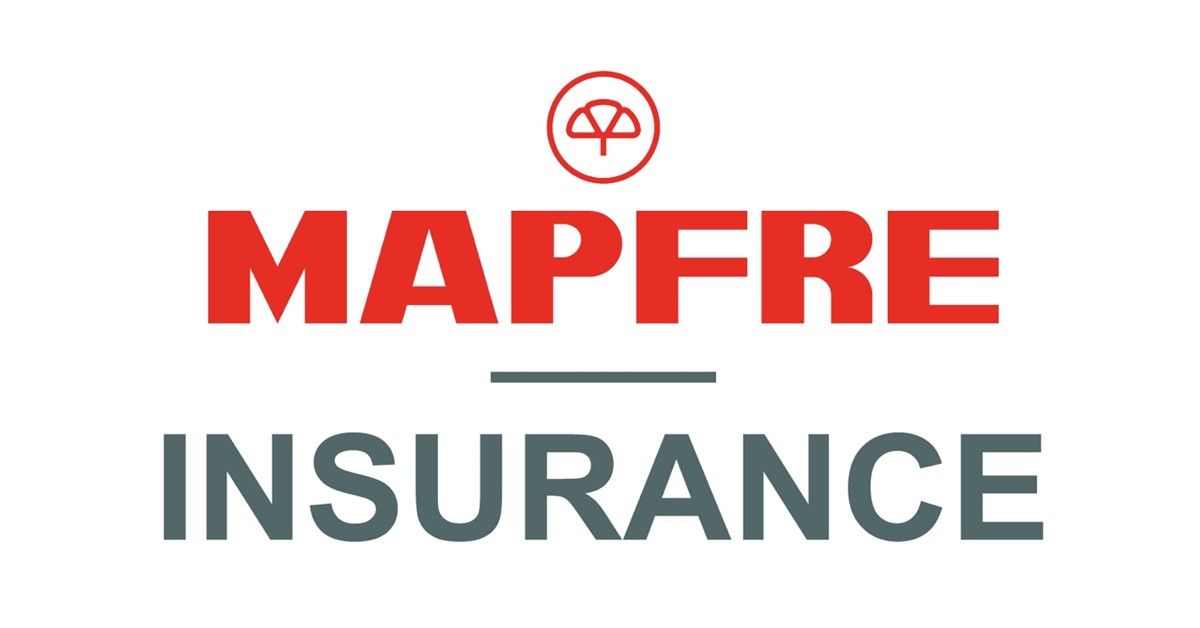
Mapfre|Commerce is Now Just Mapfre

Data Breach and Cyber Liability: Real Risks in a Virtual World

Murphy Insurance Renews 5-Star Designation

New MA Law Requires Use of Headlights Effective April 7, 2015

10 Things You Should Know About Insurance

The Evolution of Insurance Products

Snow Load Alert…Protect Your Roof and Building

Where You Buy Workers Comp Can Make a Difference

Health Care Reform 2015 Compliance

2014 Toys for Tots Success – Thank You!

Privacy Breach & Data Security: An Issue for Every Business
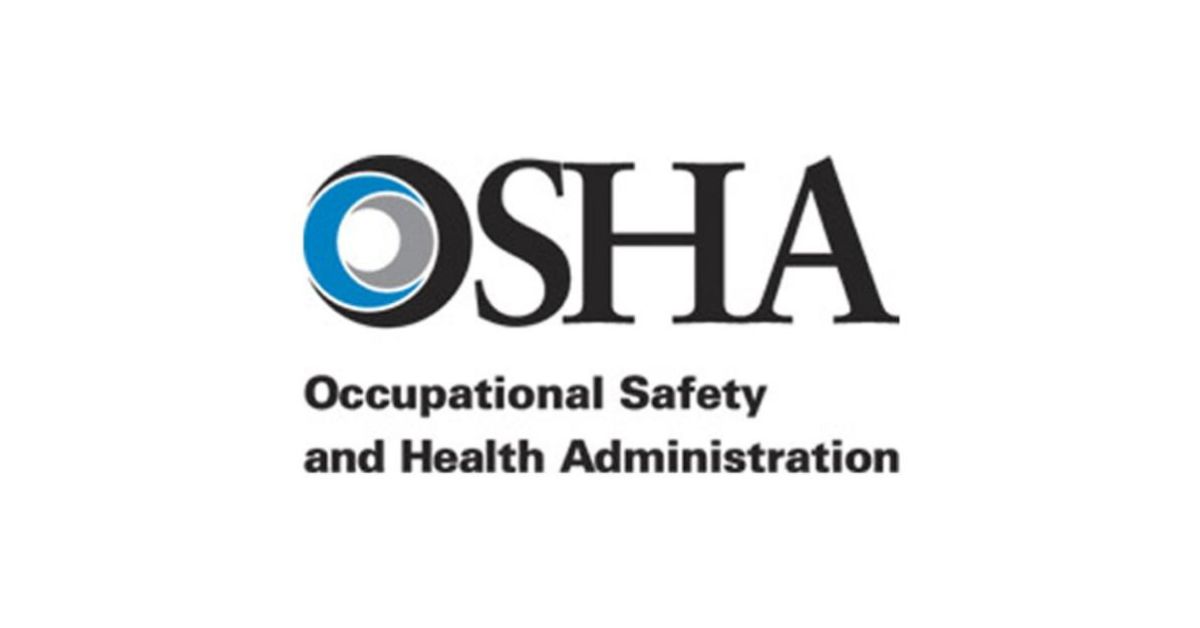
New OSHA Requirements for Reporting Severe Injuries Effective January 1, 2015

Good Managers Don’t Get Sued…Right?

Tricia Gervasi…new Human Resources Manager

New Employer Requirements Related to Health Insurance and ACA

Is Insurance a Commodity?

Target Data Breach

CDL Self-Certification Deadline Extended to April 30, 2014

Commercial Drivers License – Self Certification Deadline January 30, 2014

MA Dept of Industrial Accidents Requiring Electronic Filing of All First Reports of Injury by Jan 1, 2014

Our Toys for Tots 2013 Toy Drive Supports Positive Role Models
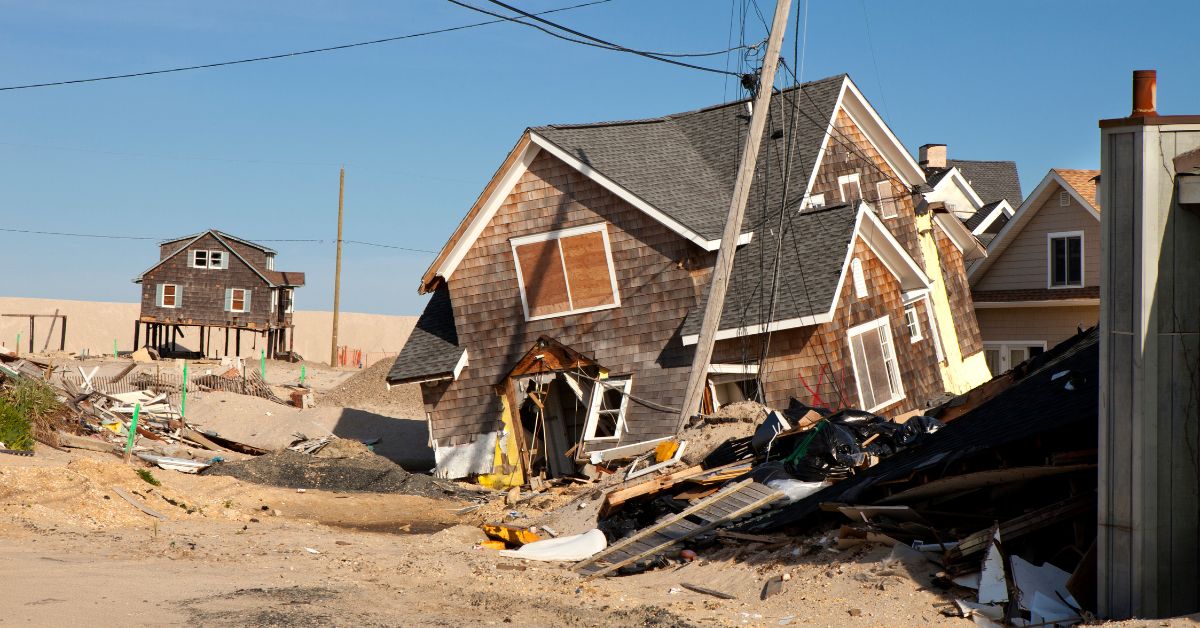
Hurricane Sandy One Year Later

Flood Insurance Reform may Significantly Increase Premiums for Some Property Owners

Affordable Care Act Employee Notification Required by October 1, 2013

Hurricane Season is Here. Be prepared.
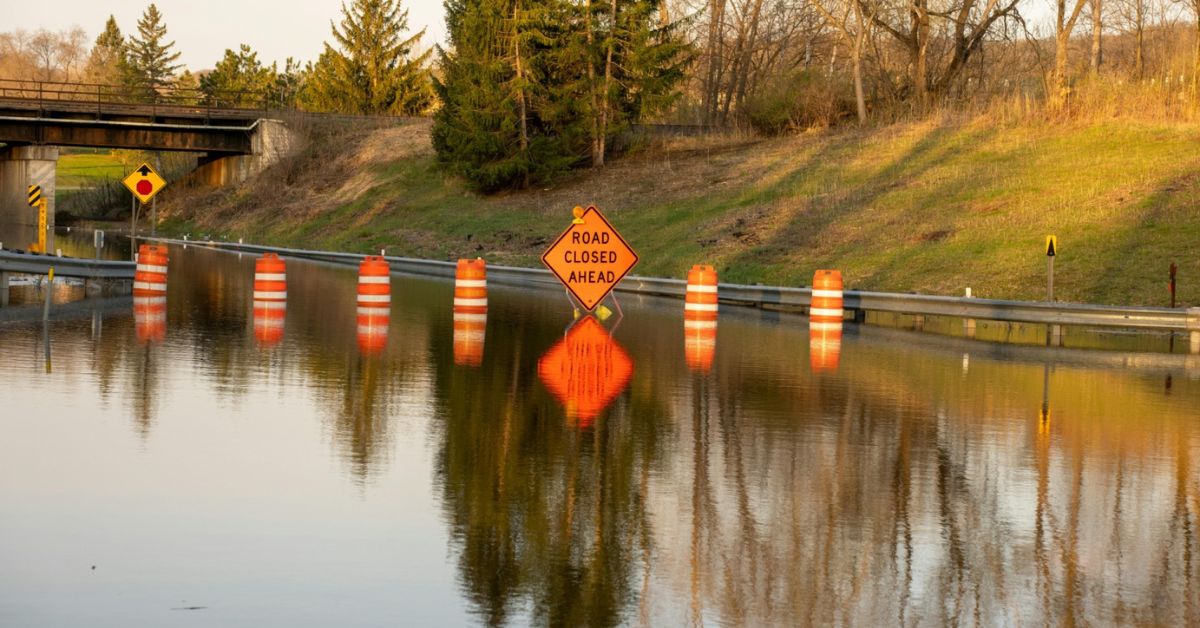
Lessons From Sandy…Get Flood Protection

Keep Your Business Connected with Social Media

2012 Toys for Tots Success…Thank You!

Toys for Tots Drive 2012 at Murphy Insurance
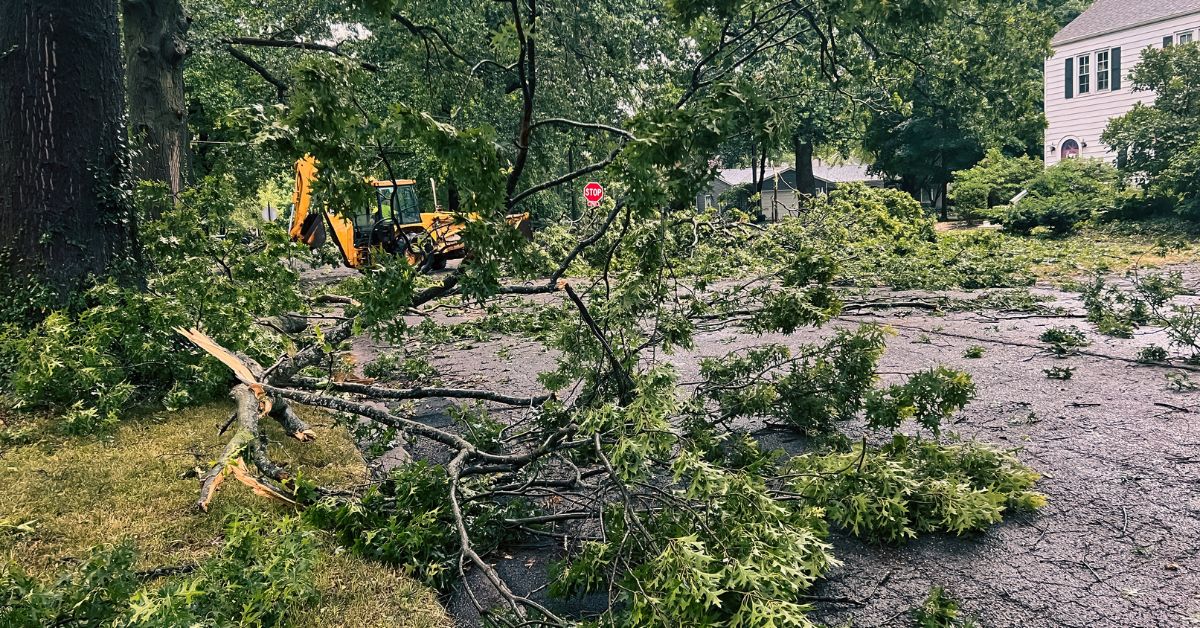
Insurance Claim Tips For After The Storm

75 Years Strong

Managing Workers’ Comp Costs

Hurricane Emergency Storm Planning

Murphy Insurance Honored with Family Business Award

Is Your Business in Compliance with Massachusetts Personal Information Privacy Laws?
 https://dfmurphy.wpenginepowered.com/wp-content/uploads/Murphy-Insurance-Logo-Header.jpg
0
0
Murphy Insurance
https://dfmurphy.wpenginepowered.com/wp-content/uploads/Murphy-Insurance-Logo-Header.jpg
Murphy Insurance2012-04-18 09:00:232025-05-08 17:38:49Wayside Inn Antiques Show co-sponsored by Murphy Insurance
https://dfmurphy.wpenginepowered.com/wp-content/uploads/Murphy-Insurance-Logo-Header.jpg
0
0
Murphy Insurance
https://dfmurphy.wpenginepowered.com/wp-content/uploads/Murphy-Insurance-Logo-Header.jpg
Murphy Insurance2012-04-18 09:00:232025-05-08 17:38:49Wayside Inn Antiques Show co-sponsored by Murphy Insurance
Insuring Antiques and Fine Art

Don’t Be In The Dark About Business Interruption Coverage

Murphy Insurance Employees Receive AAI Designations

Murphy Insurance Agency Re-Certified as Five Star Agency

Ban On Hand-Held Phone Use by Commercial Drivers Begins January 3, 2012

2011 Toys for Tots Success…Thanks!

Toys for Tots 2011 – Drop Off Toys at Murphy Insurance

D. F. Murphy Insurance Agency Supports Small Business Saturday®

Data Breach: Are You Protected?

Murphy Insurance Employees Receive CISR Designations

Murphy employees receive CISR designations

Welcome to the Murphy Insurance Blog!

Cyber Thieves Target Small Firms

Michael Murphy elected Vice Chairman of Marlborough Hospital

Business Continuation Lessons from Japan Disaster

Millikin joins Business Team at Murphy Insurance

Understanding ACORD Certificate of Liability Insurance Changes in 2011

Murphy Insurance is a Toys for Tots drop-off location

Cyber Liability…A Growing Concern for Businesses

New Lead Paint Removal Regulations in Effect April 22, 2010

New Massachusetts Commercial Motor Vehicle Inspection Requirements 2008

Large Fines for Non-Compliance with Federal Regulations Recently Adopted by the MA DOT

Workers’ Comp Requirements for Out of State Work: NH Enforcement Change

Massachusetts Drivers Be Aware of New “Move Over Law”
Visit Our Business Insurance Page
Murphy Insurance stands as your steadfast partner in safeguarding your business from unforeseen challenges in today’s dynamic business landscape. In an era where comprehensive business insurance is not just a prudent choice but a vital one for ensuring the long-term stability and security of your enterprise, we are here to offer our expertise. Running a business inherently entails various risks that can potentially impact your financial stability and reputation. Learn more about our comprehensive business insurance solutions, which are meticulously designed to protect you from these potential threats, granting you peace of mind necessary to focus on the growth and prosperity of your business.



